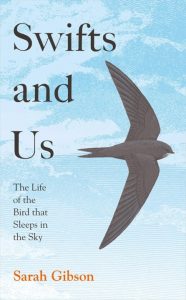 Whirling swifts overhead are evocative of early summer, and their arrival to the UK brings joy to many. In Swifts and Us, Sarah Gibson explores what is currently known about swifts and their ancestry, while also addressing some of the contributing factors to their huge decline over the last few decades. She meets key experts and researchers as well as many determined individuals, all advocating for change to ensure the swifts’ survival.
Whirling swifts overhead are evocative of early summer, and their arrival to the UK brings joy to many. In Swifts and Us, Sarah Gibson explores what is currently known about swifts and their ancestry, while also addressing some of the contributing factors to their huge decline over the last few decades. She meets key experts and researchers as well as many determined individuals, all advocating for change to ensure the swifts’ survival.
Sarah Gibson is Press Officer for Shropshire Wildlife Trust, as well as Editor of the members’ magazine. She also regularly writes nature columns for her local magazines and newspapers. Sarah has kindly agreed to answer some of our questions below.
Firstly, could you tell us about where the motivation for your book came from?
I’d become passionate about swifts since moving into a town from the country. Then I had a long period of illness and would be exhausted after the briefest of conversations and couldn’t even walk up my street – I was so slow I would be overtaken by very old people on Zimmer frames. It seemed as though I’d hit 97 five decades prematurely.
slow I would be overtaken by very old people on Zimmer frames. It seemed as though I’d hit 97 five decades prematurely.
Then I got better and decided it was time to do something new with my life – alongside my now part-time job at Shropshire Wildlife Trust. I knew I could string words together, so decided to research and write a book about swifts to try and inspire others to love and take action for them too.
During your research, did you discover anything especially interesting that you were previously unaware of about swifts?
That hummingbirds are the swift’s closest relatives! Fossil evidence from 52 million years ago found in Wyoming, USA, revealed a bird that is the forerunner of both. The characteristic common feature is a super-strong, stout humerus bone, that would enable the swift to endure and flourish in perpetual flight and the hummingbird to flap its wings 50 times per second as it hovers over flowers collecting nectar. Their shared ancestry seems less surprising when you think about the intense aerial demands of both birds.
Your book features exceptional and inspirational people that have fought to ensure nest spots are protected and accessible for returning swifts. Do you have any particular highlights or success stories that you’d like to talk about here?
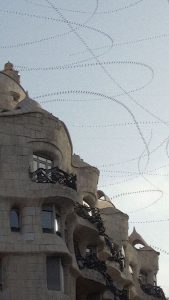
The Crescent Art Centre in Belfast is a cross-community cultural hub, bringing people together from all backgrounds. It also has a thriving colony of swifts and when major renovation work began 12 years ago, the architects and builders worked with a local swift champion to ensure that access to the original nesting holes was retained and additional holes provided by integrating nest bricks into the walls. This is a great example of how renovation doesn’t have to lead to ruin for swifts. It can be achieved, if thoughtfully carried out. This swift colony is now a living emblem of the arts centre and its aspirations – uniting people across boundaries.
What role can citizen science play in surveying and monitoring swifts?
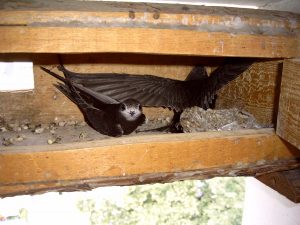
Local surveys to identify swift breeding sites are very valuable. Knowledge of swift colonies can at times make it possible to work with building owners when renovation works are planned, so that nesting holes can be retained. When the data is fed through to local biological records centres, the presence of swifts in particular areas will be flagged up to planners who will sometimes, but not always make it a condition for development that nest bricks should be integrated into buildings.
The RSPB’s SwiftMapper is a useful tool and you can find out about surveying with local swift groups from Action for Swifts or Swift Conservation.
Habitat destruction, climate change and a stark reduction in their food supply are just a few factors contributing to the decline of swifts over the past 20 years – the odds appear completely stacked against them. Post-research for your book, do you feel any optimism for the future of these incredible birds?
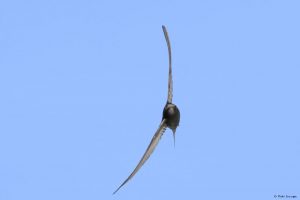
Contemplating the global crisis in nature can lead to despair. Our inability to prevent the destruction of wild habitats and the wild creatures that depend on it strikes deep into our souls, but worrying about the future cripples our ability to act, so I try to live in the present. It is what we do now that will shape the future and we need all of our energy to bring better times.
Climate change is inextricably linked to the degradation of nature. At last, there seems to be a glimmer of awakening at a political level to the fact that nurturing nature is essential for all our sakes. The campaign for 30% of land and sea to be protected by 2030 across the world brings hope but it needs a radical reset of values to be achieved. All of us though, can do something to help bring it to reality.
Do you have any current projects or plans for further books that you’d like to tell us about?
I’ve just been down to my local cemetery where there’s a project to turn the unmarked graves area into a wildflower meadow. The yellow rattle seed we sowed last August is coming up, along with cowslips and violets. It will be a living memorial for those buried beneath and will attract bees and other pollinators. I’m also keeping an eye on the eaves of a medieval building managed by the town council. Restoration work on the timbers last autumn included six bespoke swift nest boxes – fingers crossed!
There will be another book but I haven’t written it yet. It will explore the connectedness of people with nature but I can’t reveal more just now.
 Swifts and Us
Swifts and Us
By: Sarah Gibson
Hardback | Published May 2021 | £16.99
We have a very limited number of bookplates signed by Sarah, available while stocks last.
All prices correct at the time of this article’s publication.


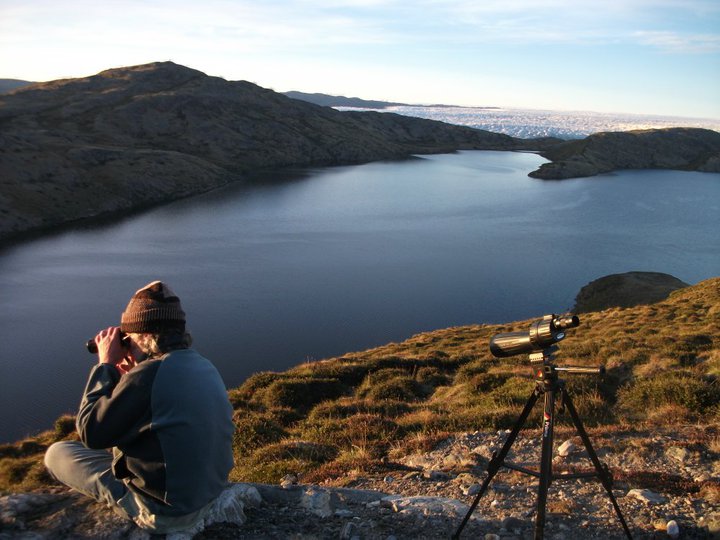
 To the casual observer, global summits and the resolutions they produce can seem frustratingly ineffective – repeating cycles of targets set, missed and reset, with no obvious progress. Yet despite the apparent inertia, when used to good effect these processes can be powerful tools for positive change.
To the casual observer, global summits and the resolutions they produce can seem frustratingly ineffective – repeating cycles of targets set, missed and reset, with no obvious progress. Yet despite the apparent inertia, when used to good effect these processes can be powerful tools for positive change. 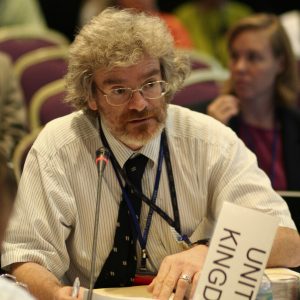 It’s hugely important. Not only do these treaties establish some of the most important conservation objectives, but they provide a means of learning from other experience. Typically, international treaties set a broad goal – such as ‘the wise use of wetlands’ in the case of the Ramsar Convention – but are much less prescriptive as to exactly how this will be delivered nationally. Accordingly, there is much to learn from the broad diversity of other national conservation experience in implementing treaty obligations. Such comparative experiences make these treaties fascinating and their study valuable.
It’s hugely important. Not only do these treaties establish some of the most important conservation objectives, but they provide a means of learning from other experience. Typically, international treaties set a broad goal – such as ‘the wise use of wetlands’ in the case of the Ramsar Convention – but are much less prescriptive as to exactly how this will be delivered nationally. Accordingly, there is much to learn from the broad diversity of other national conservation experience in implementing treaty obligations. Such comparative experiences make these treaties fascinating and their study valuable.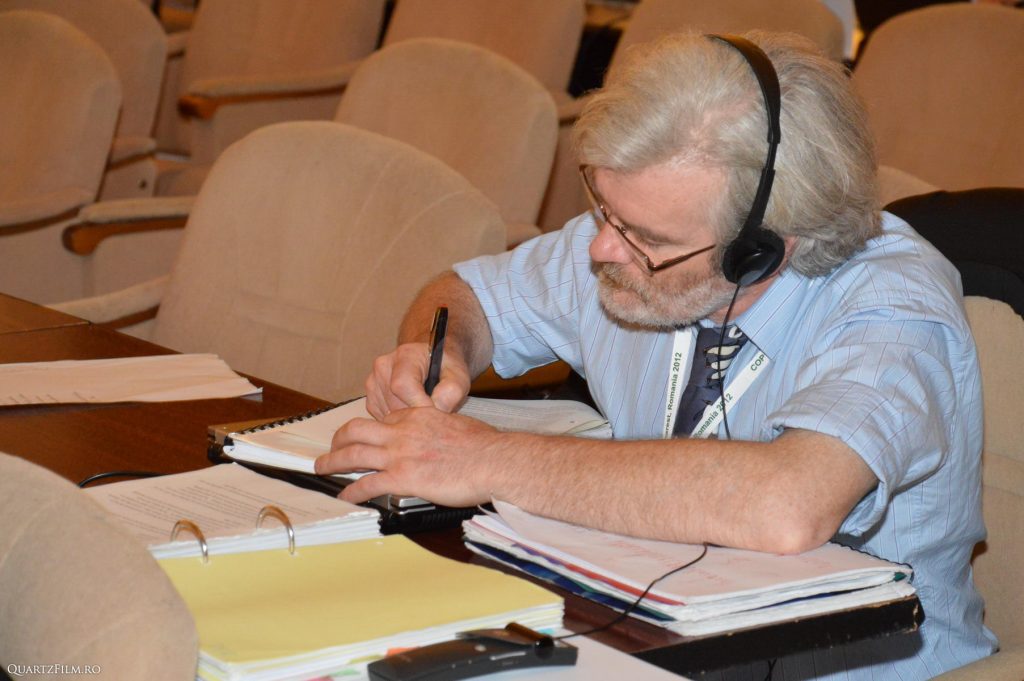 Following on from the previous question, this book highlights the role and importance of NGOs (and a number of the authors themselves have been or are currently involved with NGOs). Do you think NGOs should have more involvement in environmental policy, both within the UK and on a global scale?
Following on from the previous question, this book highlights the role and importance of NGOs (and a number of the authors themselves have been or are currently involved with NGOs). Do you think NGOs should have more involvement in environmental policy, both within the UK and on a global scale? 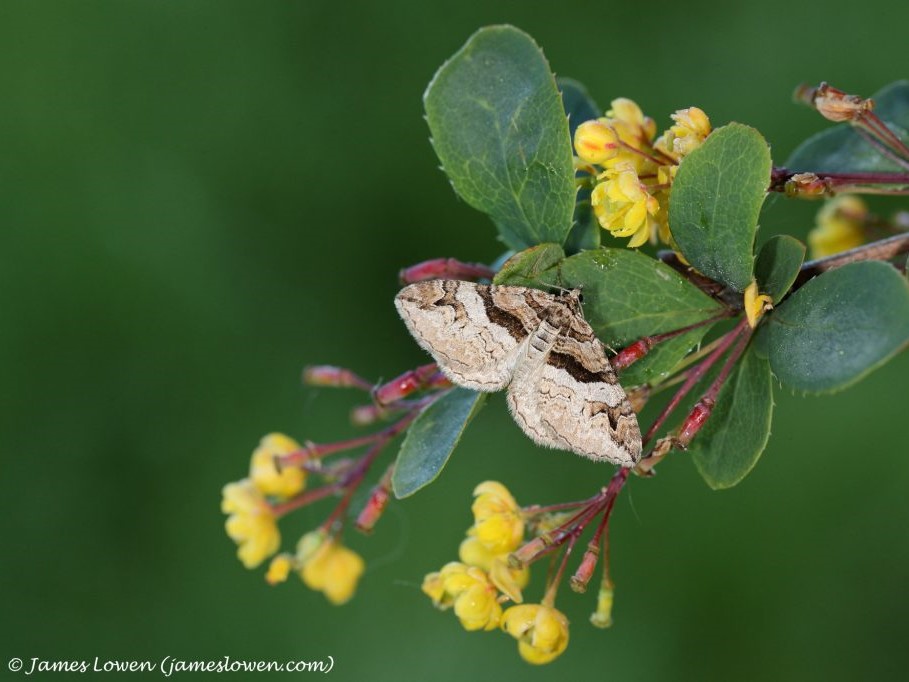
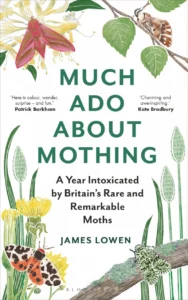 James Lowen is an award-winning writer whose work is regularly featured in The Telegraph, BBC Wildlife and Nature’s Home, among other publications. He is also an editor, lecturer, consultant and keen photographer.
James Lowen is an award-winning writer whose work is regularly featured in The Telegraph, BBC Wildlife and Nature’s Home, among other publications. He is also an editor, lecturer, consultant and keen photographer.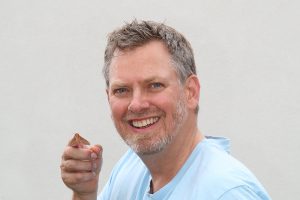
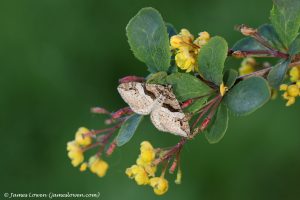 fragile creatures flying a thousand-plus miles). There’s wackiness too: china-mark moths, whose caterpillars live underwater; Sandhill Rustic, whose adults can swim underwater; Scarce Silver-lines, which sings from oak trees; various moths that are engaged in an evolutionary arms race with bats; Indian Meal Moth and Wax Moth, whose caterpillars can digest polyethylene and polypropylene (perhaps conceivably hinting at a solution to the global plastics problem?); and even one New World moth whose cells have proved critical for producing the Novavax COVID vaccine.
fragile creatures flying a thousand-plus miles). There’s wackiness too: china-mark moths, whose caterpillars live underwater; Sandhill Rustic, whose adults can swim underwater; Scarce Silver-lines, which sings from oak trees; various moths that are engaged in an evolutionary arms race with bats; Indian Meal Moth and Wax Moth, whose caterpillars can digest polyethylene and polypropylene (perhaps conceivably hinting at a solution to the global plastics problem?); and even one New World moth whose cells have proved critical for producing the Novavax COVID vaccine.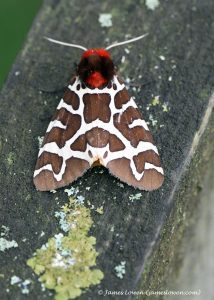 sun-loving, day-flying moth. I guess the other thing to emphasise is that whereas moth-trapping in your garden makes for gloriously lazy wildlife-watching, simply flick the switch and let the insects come to you, surveying moths in remote places is contrastingly hard work. After a long drive, often on the back of little sleep, you need to lug heavy generators and a fleet of moth traps up steep slopes or across difficult terrain. And then you need to stay alert all night to make sure you don’t miss anything. I didn’t get much sleep that year…
sun-loving, day-flying moth. I guess the other thing to emphasise is that whereas moth-trapping in your garden makes for gloriously lazy wildlife-watching, simply flick the switch and let the insects come to you, surveying moths in remote places is contrastingly hard work. After a long drive, often on the back of little sleep, you need to lug heavy generators and a fleet of moth traps up steep slopes or across difficult terrain. And then you need to stay alert all night to make sure you don’t miss anything. I didn’t get much sleep that year… 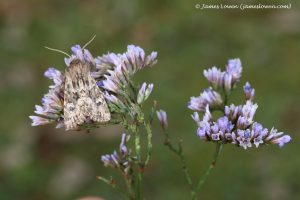 intrepid endeavours to safeguard
intrepid endeavours to safeguard 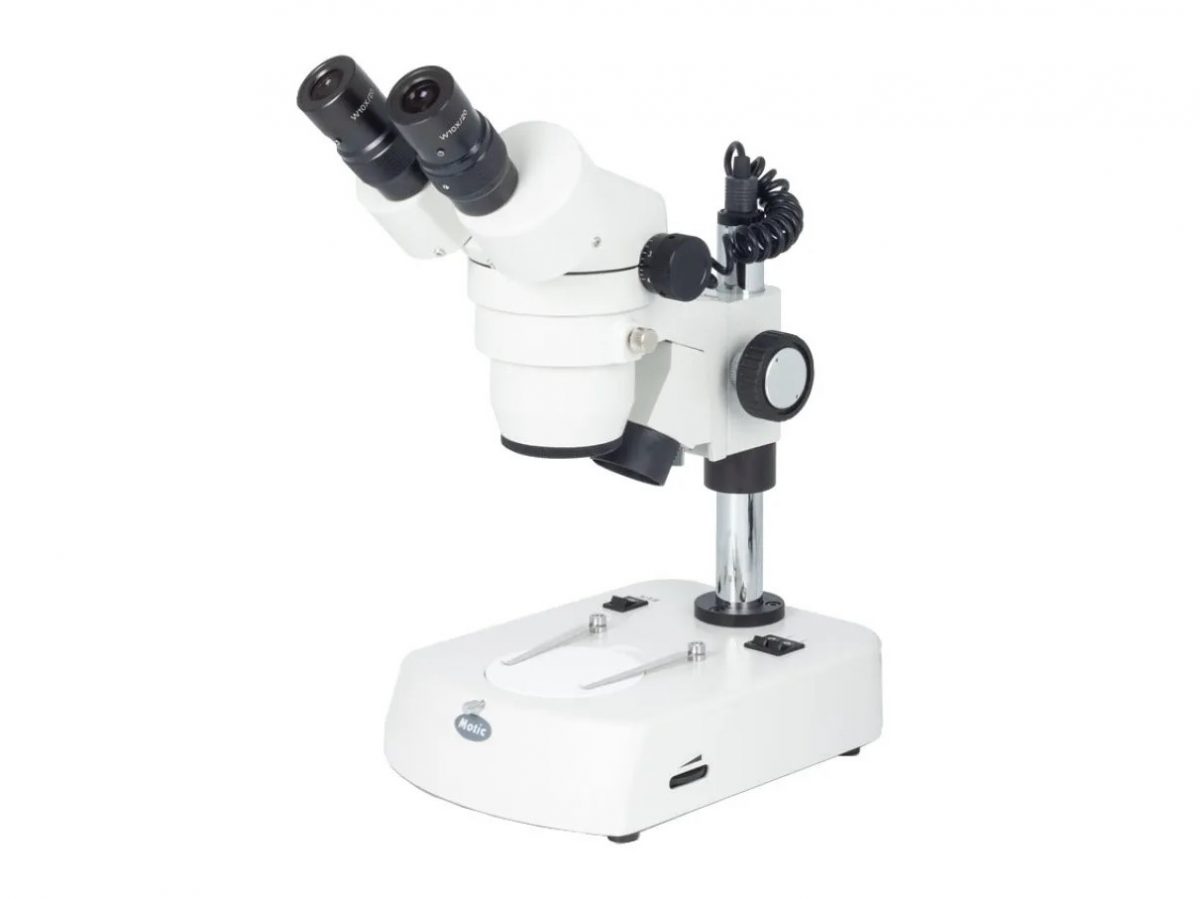
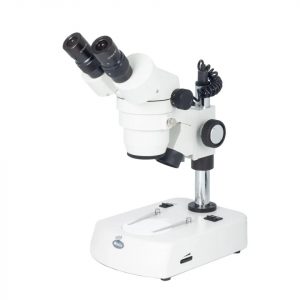
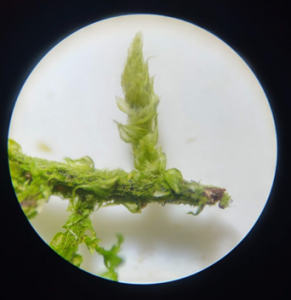
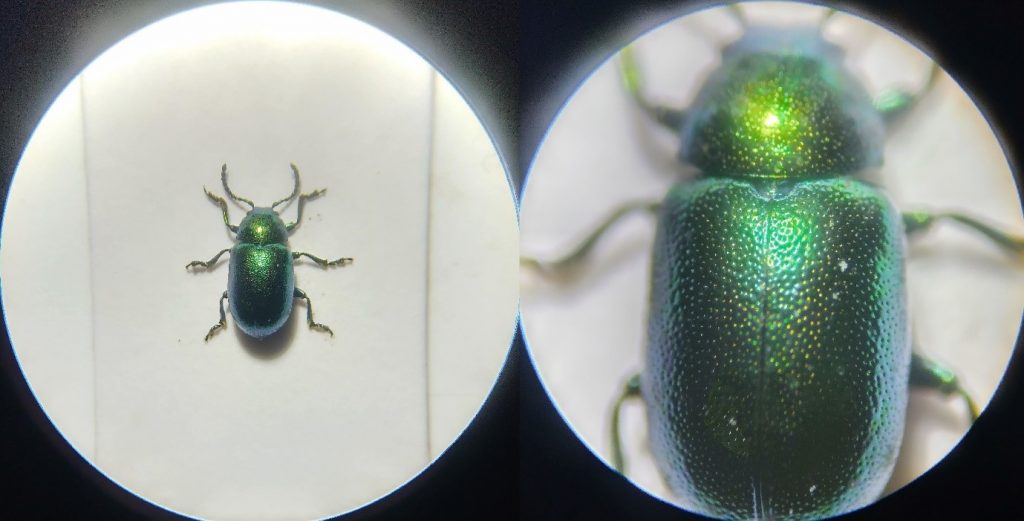
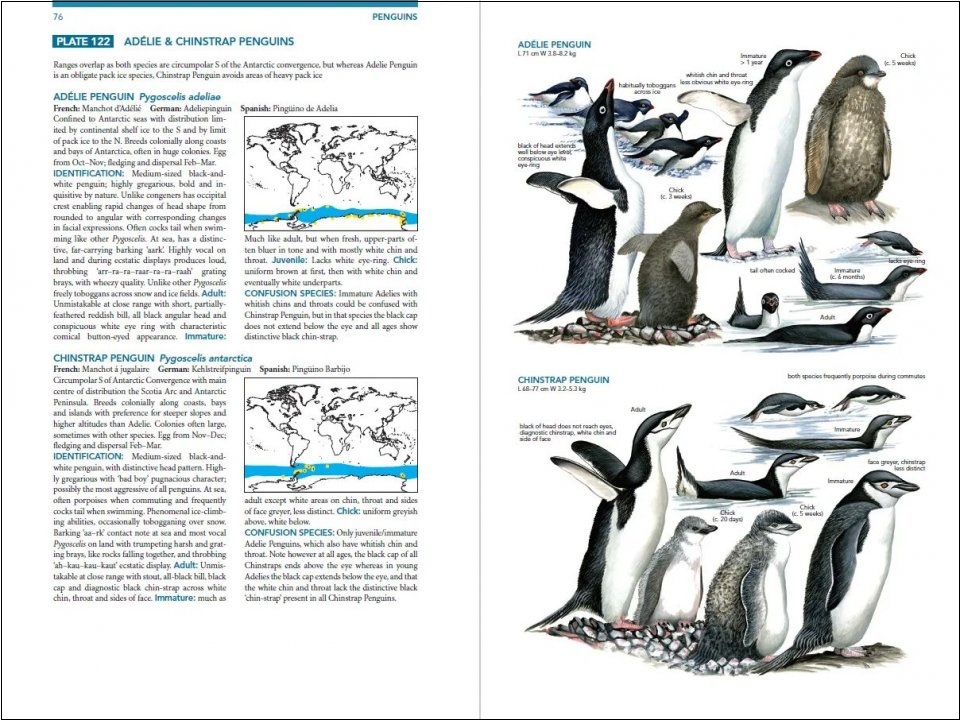
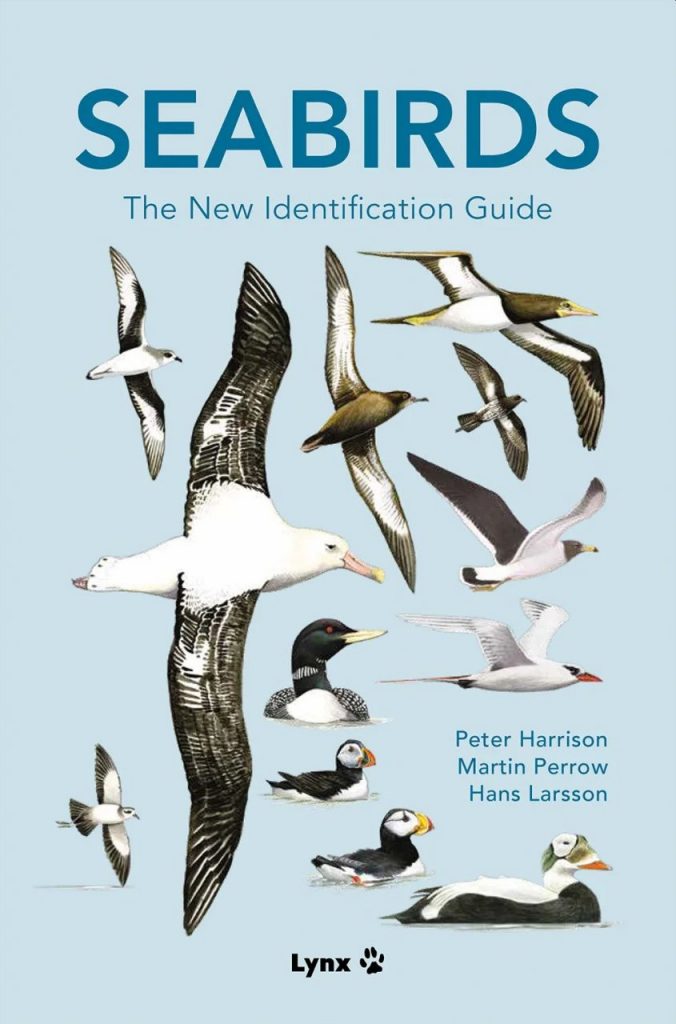
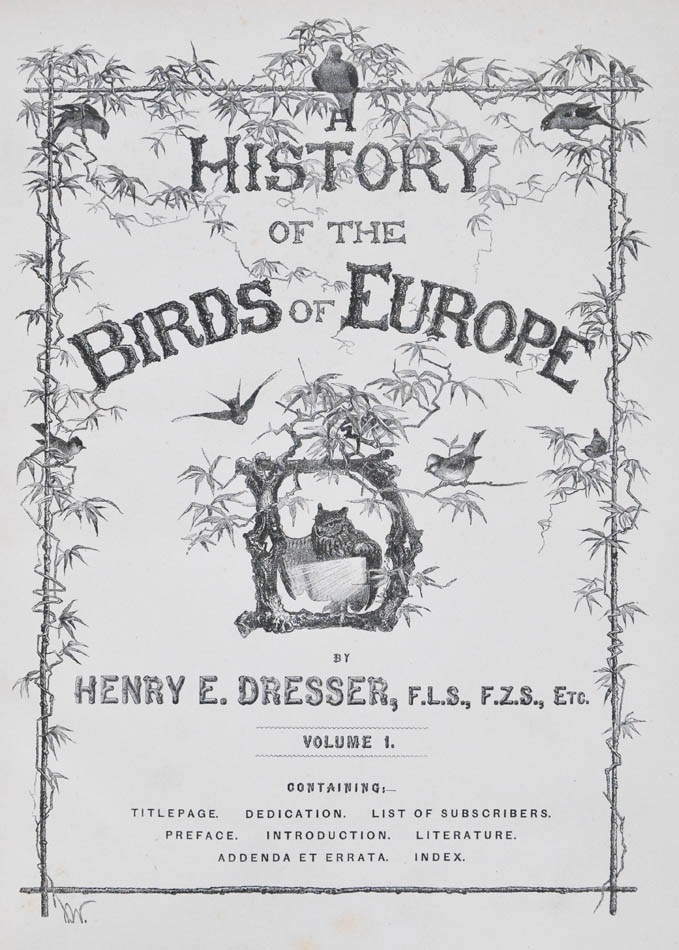


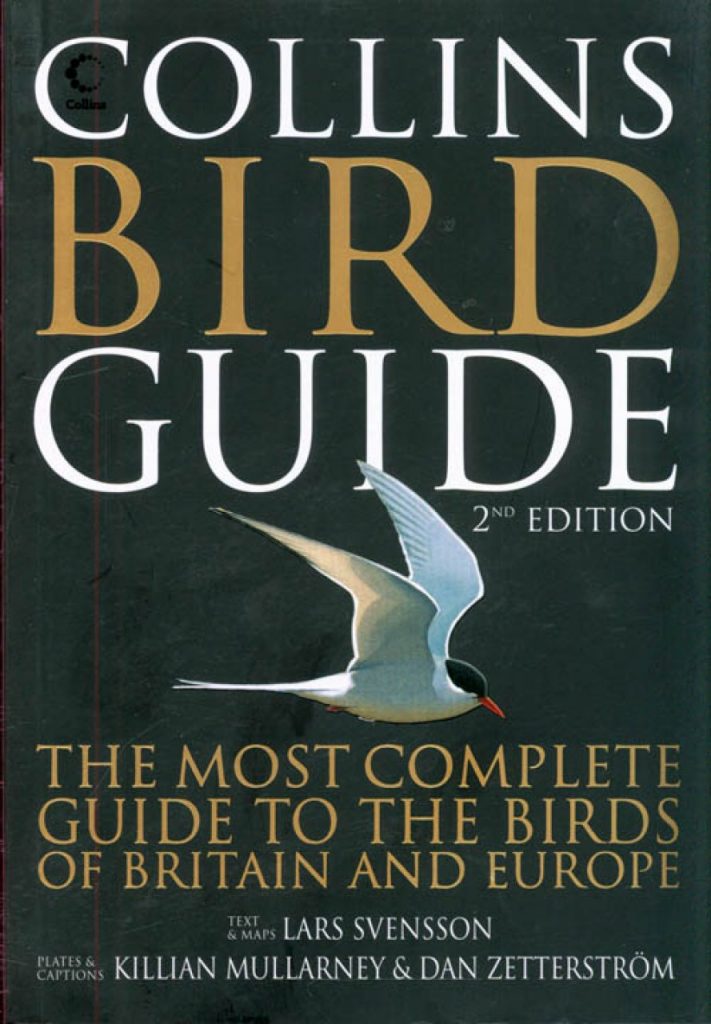
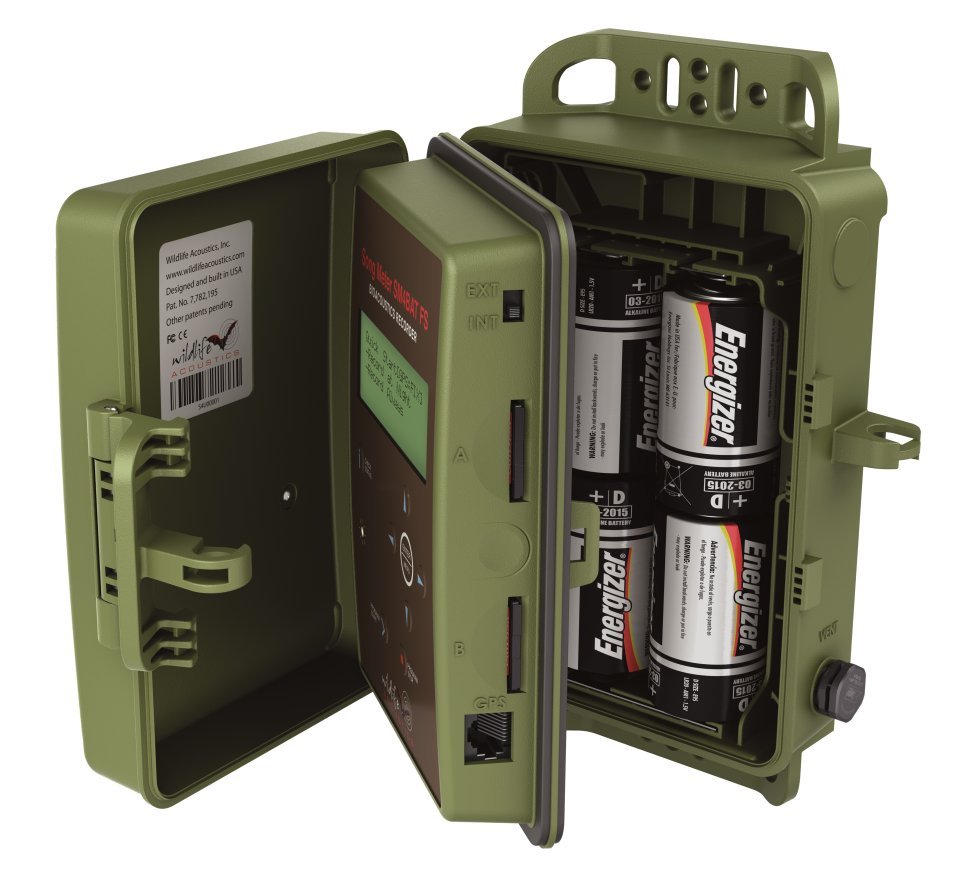

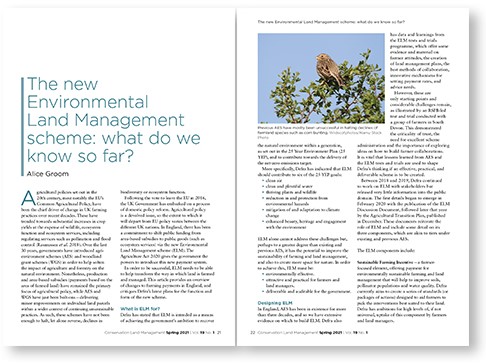
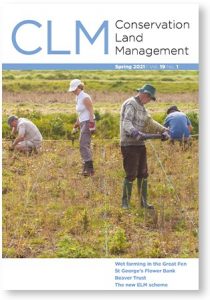 In the latest issue of
In the latest issue of 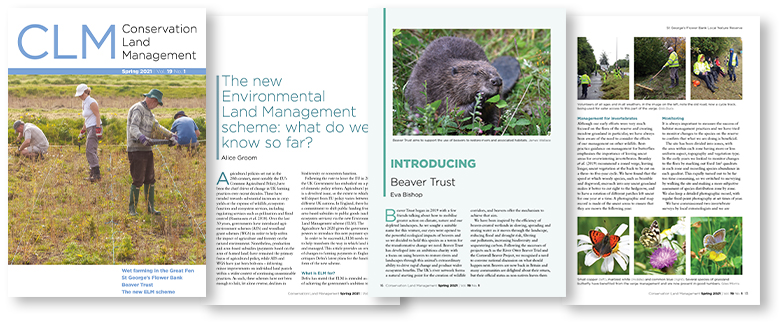 CLM is published four times a year in March, June, September and December, and is available by
CLM is published four times a year in March, June, September and December, and is available by 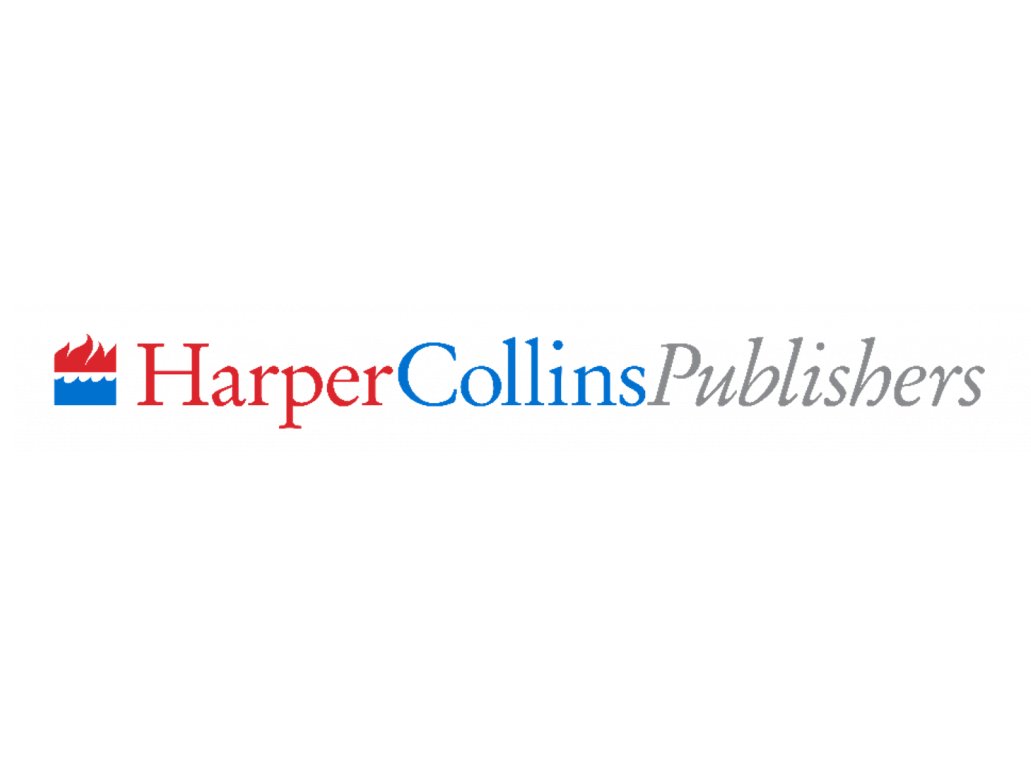

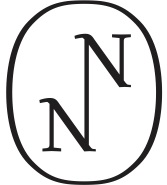
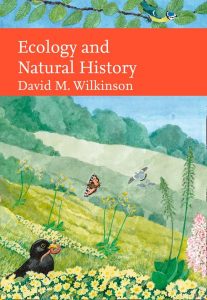
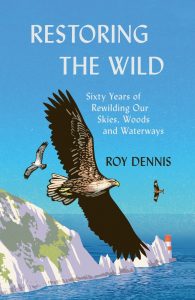
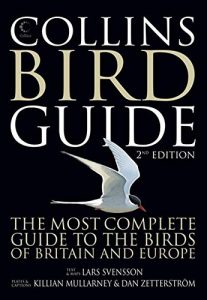
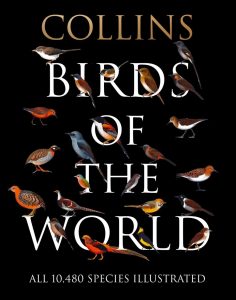 Due in September is
Due in September is 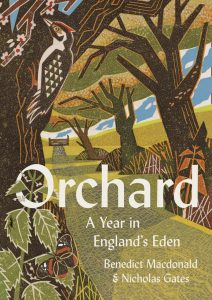

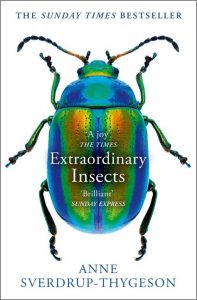
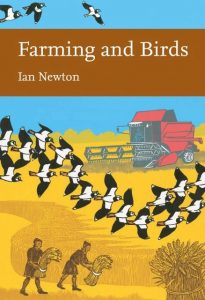
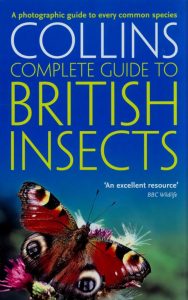
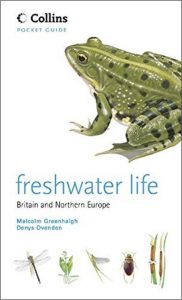



 I first visited as a schoolboy in 1962, just a couple of years into Skomer’s incarnation as a nature reserve, and it was a day that changed my life forever. The most overwhelming idea that stayed with me from that day was that eventually, whatever it took, I would become warden of Skomer. I finally fulfilled that long-held childhood dream in the spring of 1976. Following 10 wonderful years on Skomer I moved to North Wales where initially I was responsible for the management of 5 spectacular National Nature Reserves and in 1991, I became responsible for supervising the management of the entire series of NNRs in Wales, a position I held for over twenty years. In 2018 I became the chair of the Pembrokeshire islands conservation advisory committee and so my commitment to Skomer continues.
I first visited as a schoolboy in 1962, just a couple of years into Skomer’s incarnation as a nature reserve, and it was a day that changed my life forever. The most overwhelming idea that stayed with me from that day was that eventually, whatever it took, I would become warden of Skomer. I finally fulfilled that long-held childhood dream in the spring of 1976. Following 10 wonderful years on Skomer I moved to North Wales where initially I was responsible for the management of 5 spectacular National Nature Reserves and in 1991, I became responsible for supervising the management of the entire series of NNRs in Wales, a position I held for over twenty years. In 2018 I became the chair of the Pembrokeshire islands conservation advisory committee and so my commitment to Skomer continues.


 With the recent return of the white-tailed sea eagle to Britain and the mooted return of the Lynx, living with predators is becoming a much more frequent topic of conversation. In
With the recent return of the white-tailed sea eagle to Britain and the mooted return of the Lynx, living with predators is becoming a much more frequent topic of conversation. In  beautiful pictures were covering over a fractured, damaged world. Wild creatures are struggling to make their lives work in our increasingly human-dominated landscapes, and this rich, vibrant planet is thinning out. Over the years the press releases I read, particularly from Ireland, highlighting the decline of curlews were eye-watering. It ate away at me, this relentless destruction, and I decided I had to get more involved. Not so much in the fieldwork and practicality, but in doing what I had been trained to do – tell the stories of the earth and help make the problems accessible and understandable to people like me, non-specialists who care.
beautiful pictures were covering over a fractured, damaged world. Wild creatures are struggling to make their lives work in our increasingly human-dominated landscapes, and this rich, vibrant planet is thinning out. Over the years the press releases I read, particularly from Ireland, highlighting the decline of curlews were eye-watering. It ate away at me, this relentless destruction, and I decided I had to get more involved. Not so much in the fieldwork and practicality, but in doing what I had been trained to do – tell the stories of the earth and help make the problems accessible and understandable to people like me, non-specialists who care.